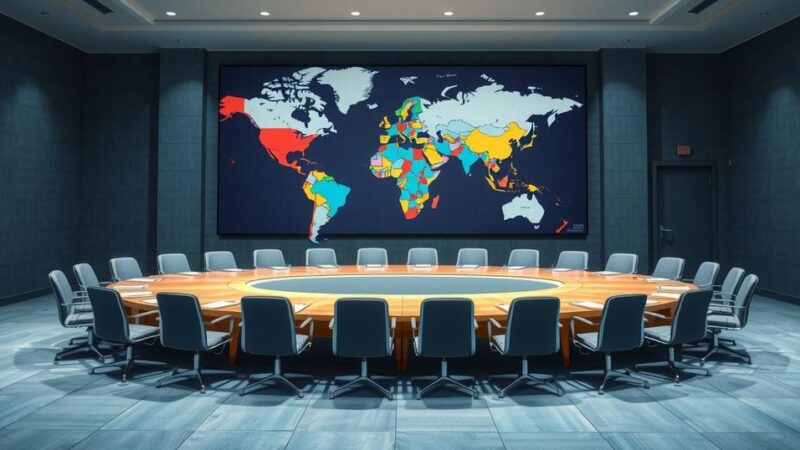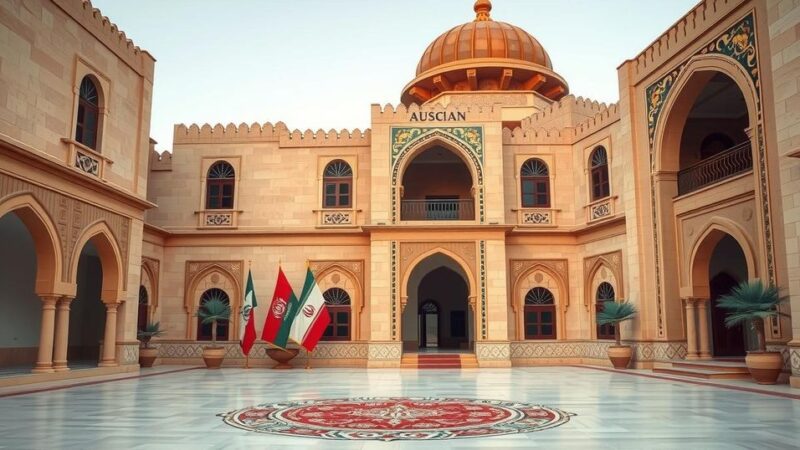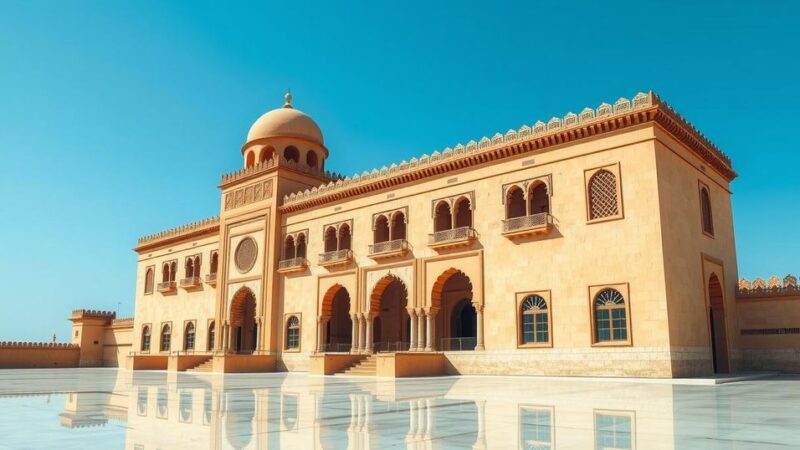On January 18, 2002, Sierra Leone’s civil war ended, marking the conclusion of two decades of conflict that claimed over 50,000 lives and displaced 2 million people. Initiated in 1991 by the RUF, the war stemmed from political corruption and economic collapse. International intervention led to the formal end of hostilities under President Kabbah, with Sierra Leone gradually moving towards peace.
On January 18, 2002, the civil war in Sierra Leone, which resulted in over 50,000 fatalities and displaced more than 2 million individuals, was officially declared over. The conflict, which began in 1991, was ignited by the Revolutionary United Front (RUF), led by Foday Sankoh, as they sought to overthrow Major General Joseph Saidu Momoh, the nation’s second president. Momoh took office amid a collapsing economy, rampant corruption, and political instability, inherited from the long presidency of Siaka Stevens.
To mitigate political turmoil, Momoh attempted constitutional reforms in early 1992 to establish a multiparty political system; however, this move failed to alleviate the RUF’s grievances, which sought reparations for the previous regime. The RUF capitalized on political instability, orchestrating a coup in April 1992. Illegal diamond smuggling, rooted in Stevens’ presidency, surged, financing the RUF’s military efforts and arms acquisition.
Despite initial successes by the national army against the RUF, the latter gradually depleted the army’s resources. The European Union (EU) debated how to respond, while a brief peace accord in 1995 quickly fell apart, prolonging the violence. Internal discord within the army led to further coups and the establishment of the Armed Forces Revolutionary Council (AFRC), collaborating with the RUF to seize the capital, Freetown, where Major Johnny Paul Koroma falsely proclaimed the end of the war amidst rampant violations of human rights.
By 1999, amidst escalating violence, the international community intervened, prompting UN-led negotiations between the RUF and the weakened government headed by President Ahmad Tejan Kabbah. The UN brokered the Lomé Peace Accord, granting Sankoh a vice-presidential role alongside control over extensive diamond mines, yet the RUF’s assault on Freetown continued, impeding peace efforts. Frustrated with the UN’s ineffectiveness, the United Kingdom launched Operation Palliser, decisively defeating the RUF and reinstating Kabbah, who officially announced the cessation of hostilities in 2002.
Since the conclusion of the civil war, Sierra Leone has made notable strides toward stabilization and reconciliation, standing in stark contrast to the continued struggles of neighboring nations such as Liberia and the Democratic Republic of Congo.
The civil war in Sierra Leone is a critical chapter in the nation’s history, beginning in 1991 and lasting until 2002. It was characterized by significant human suffering, political upheaval, and international intervention. The conflict arose due to a combination of historical grievances following the presidency of Siaka Stevens, economic instability, and challenges in governance, prompting the emergence of the RUF and subsequent international involvement to restore peace.
The end of the civil war in Sierra Leone marked a significant turning point for the nation, concluding two decades of violence and suffering. Following the official declaration of peace in 2002, the country has largely transitioned toward stability, despite its tumultuous history. Lessons learned from this conflict continue to shape peace-building efforts in the region, contributing to a gradual improvement in governance and societal cohesion.
Original Source: www.tovima.com






